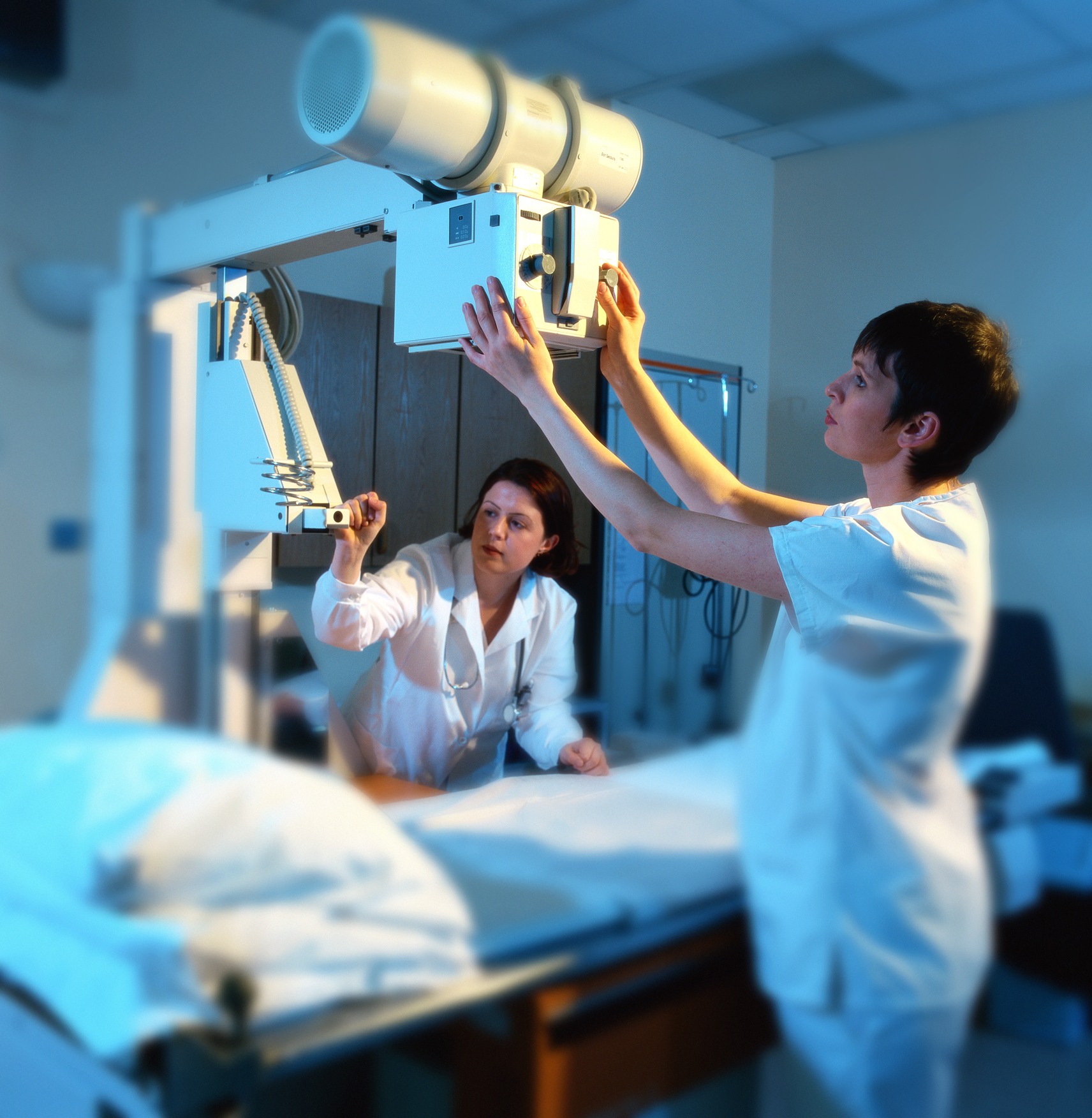

The presence of discharge from the incision site may require a doctor’s examination to rule out infection. The patients are advised to report any redness, swelling, discharge from the incision site. The incision area may be cleaned with a towel but care must be taken to prevent the surgical tapes/strips from coming off. The patient is instructed to keep the incision site clean and to cover it while taking a shower. The incision site is usually covered with small surgical tapes and the incision takes about 10-14 days to completely heal. Some patients may be required to stay overnight depending upon their underlying medical conditions.Īt home, the patient is instructed incision site care and to avoid certain activities. The patient’s ability to pass urine is assessed and the majority of the patients are able to go home the same day of the procedure. The postoperative pain is managed with the help of i.v narcotic pain medications.

The medical staff at the recovery area carefully monitor the patient’s vitals. Recoveryįollowing the procedure when the patient is conscious, the patient is taken to the recovery area. The protruding part of the intervertebral disc is removed and the surgeon carefully closes the incision in layers. The surgeon carefully retracts the spinal nerve roots and uses a special instrument to take small bites of the intervertebral disc. An endoscope/microscope is used to aid the surgeon to see through the narrow incision.Ī part of the vertebra known as the lamina may be partially cut to expose the intervertebral disc. The surgeon then carefully retracts the skin and the muscles in the lower back. During the surgery, a small incision measuring only a few centimeters is given on the back of the patient.


 0 kommentar(er)
0 kommentar(er)
